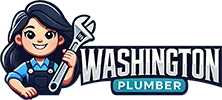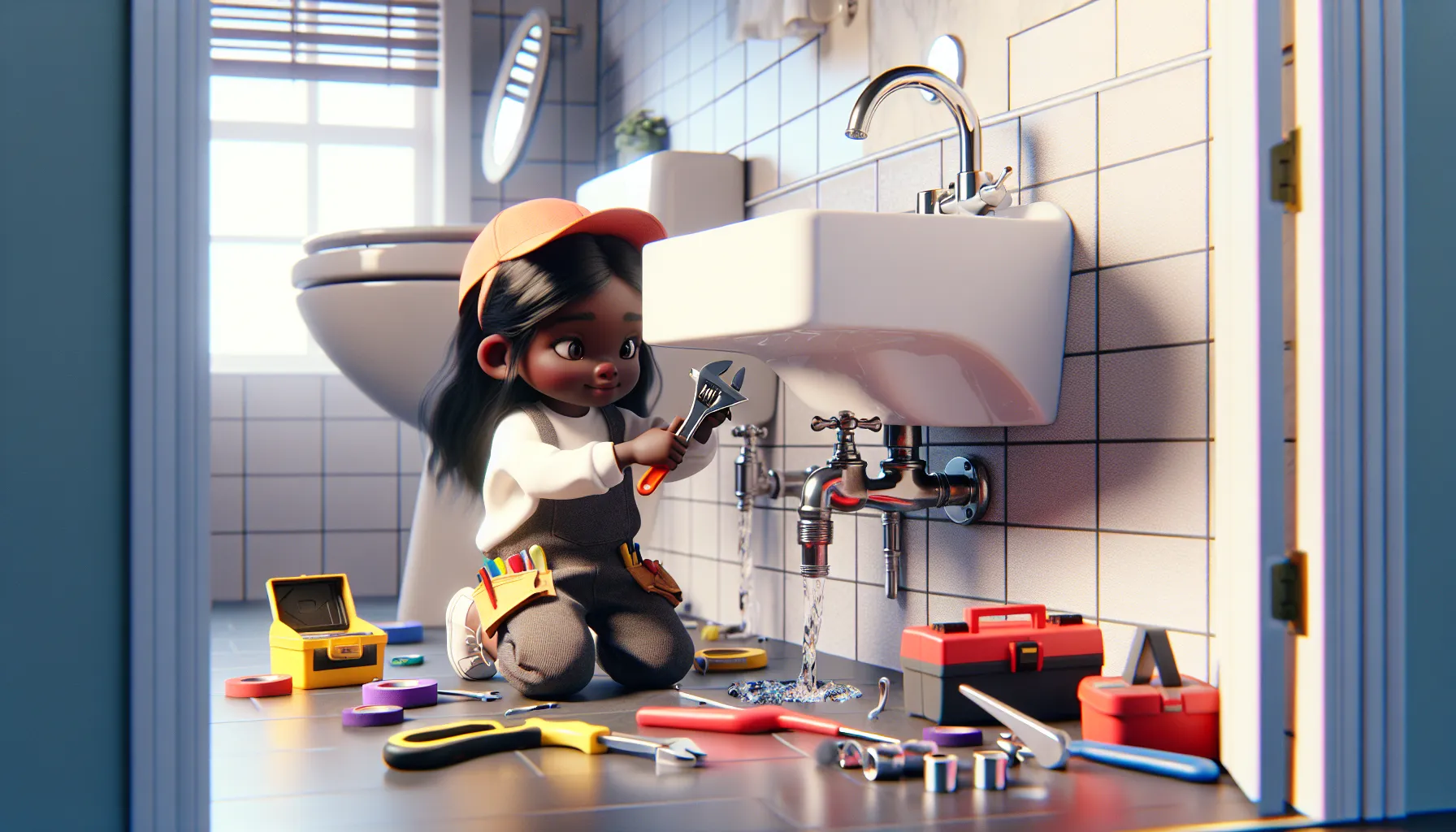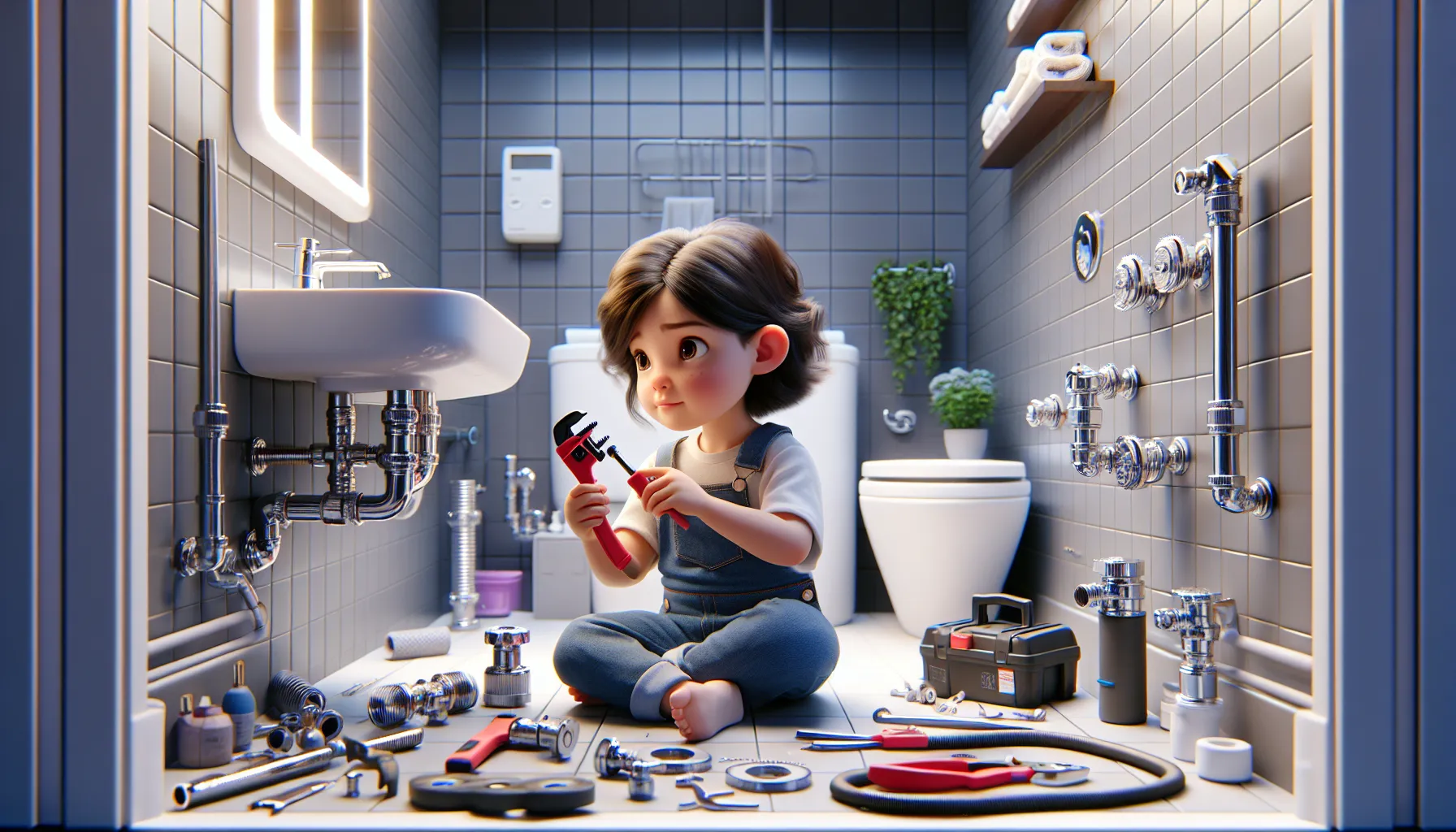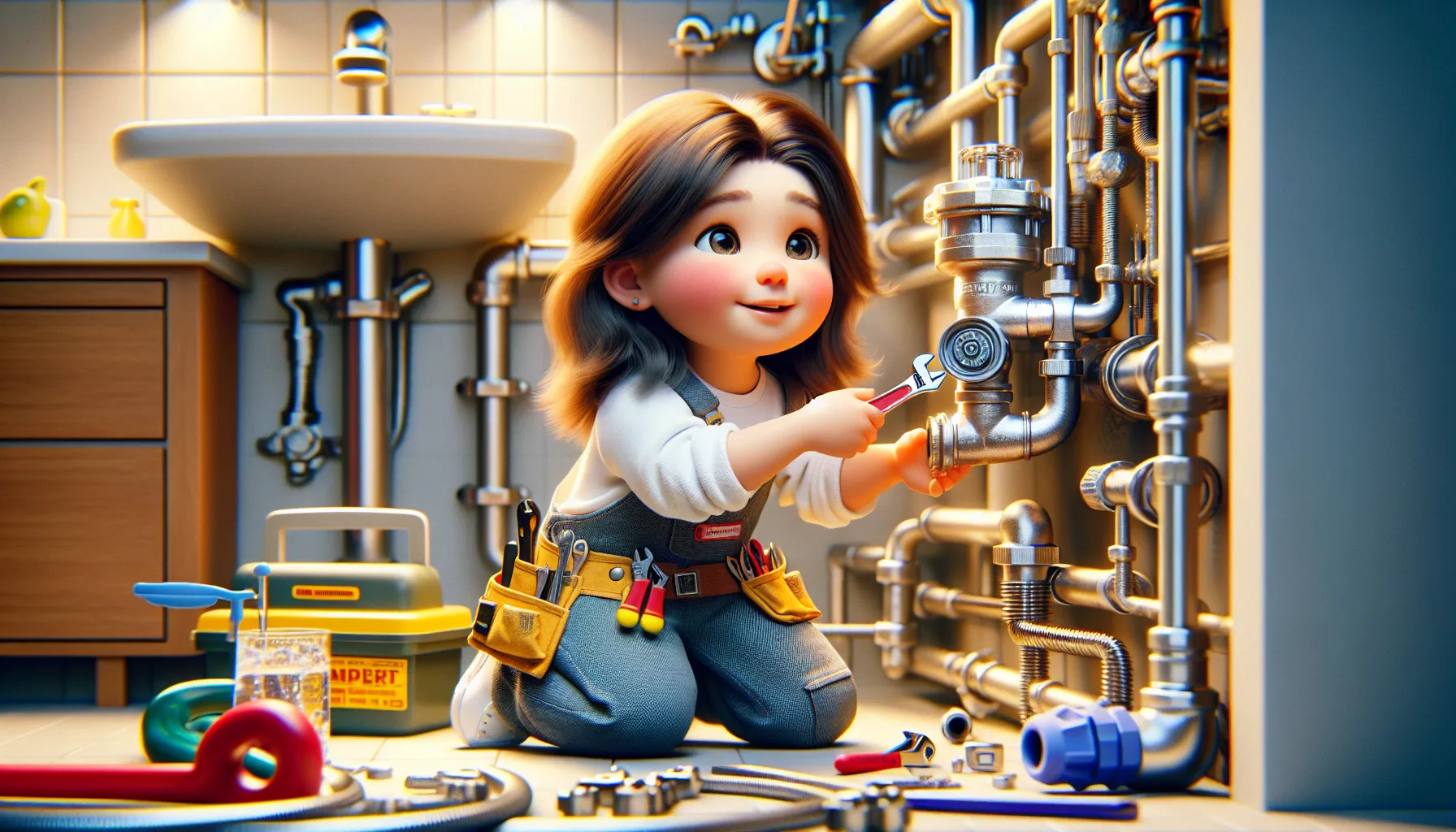The world of plumbing can sometimes feel like navigating a minefield, with potential disasters just waiting to happen. However, with the right knowledge and tools, you can tackle some basic plumbing repairs on your own. From fixing a leaky faucet to unclogging a drain, there are certain vital skills every homeowner should possess when it comes to plumbing maintenance. Ignoring these issues can lead to costly water damage and potential health hazards.
Key Takeaways:
- Know your limits: It’s important to understand what you can handle when it comes to DIY plumbing repairs. If the job seems too complex or requires special tools, it’s best to call a professional.
- Research and plan: Before attempting any plumbing repair, make sure you research the problem thoroughly and have a plan in place. This will help you tackle the repair more effectively.
- Use the right tools: Having the correct tools for the job is crucial for successful plumbing repairs. Make sure you have a basic toolkit that includes wrenches, pliers, and a pipe cutter.
- Safety first: Always prioritize safety when working on plumbing repairs. Turn off the water supply before starting any work and wear protective gear to prevent injuries.
- Take your time: Rushing through a plumbing repair can lead to mistakes and further damage. Take your time, follow instructions carefully, and double-check your work to ensure everything is done correctly.
Understanding Your Plumbing System
There’s no denying the importance of understanding your plumbing system when it comes to DIY plumbing repairs. A good grasp of how your plumbing system works can help you identify issues and make necessary repairs, saving you time and money in the long run.
Overview of Residential Plumbing
For a homeowner, it’s crucial to have a basic overview of your residential plumbing system. This includes knowing the main components such as the water supply line, pipes, fixtures, and drainage system. Understanding how these parts work together to supply clean water and remove waste from your home is important for tackling any plumbing issues that may arise.
Pipes, Fittings, and Fixtures: Knowing the Basics
Residential plumbing systems consist of a network of pipes, fittings, and fixtures that work together to provide important water and drainage services to your home. Pipes transport water to various fixtures like sinks, showers, and toilets, while fittings connect different sections of pipes. Fixtures, such as faucets and showerheads, allow you to access the water supply.
Another crucial component of your plumbing system is proper maintenance. Inspecting your pipes, fittings, and fixtures regularly can help you identify any leaks or damage early on, preventing costly repairs down the line. Be mindful of, even a small leak can lead to mold growth and water damage if left untreated, so it’s important to address any issues promptly.
Tools of the Trade
Even for the most basic plumbing repairs, having the right tools is important. A well-equipped toolbox can make all the difference in successfully completing a DIY plumbing project. Here are some important tools to have on hand for basic plumbing repairs:
Essential Tools for Basic Plumbing Repairs
Plunger: A plunger is a must-have tool for any homeowner. It’s perfect for clearing clogged toilets and drains quickly and easily.
Adjustable Wrench: An adjustable wrench is versatile and can be used for tightening or loosening nuts and bolts on pipes.
Pipe Wrench: This tool is specifically designed for gripping and turning pipes. It’s important for any plumbing project that involves working with pipes.
Specialty Tools That Can Simplify the Job
With the right specialty tools, plumbing repairs can be even more straightforward. These tools may not be used as frequently as the basics, but they can make certain tasks much easier.
Tools such as a pipe snake or auger can be incredibly useful for clearing stubborn clogs that a plunger can’t handle. These tools can reach further into pipes to break up and remove blockages, saving you time and hassle.
Safety First
Understanding Potential Risks
To ensure a successful DIY plumbing repair, it is important to be aware of the potential risks associated with working on plumbing systems. The most common risks include exposure to chemicals, electric shock, burns from hot water or steam, and injuries from sharp tools. Ignoring these risks can lead to serious accidents and injuries, so it is crucial to approach plumbing repairs with caution.
Safe Practices to Prevent Accidents and Injuries
Practices such as wearing protective gear, including gloves and safety goggles, can significantly reduce the risk of accidents while working on plumbing repairs. Additionally, always turn off the water supply and electricity before starting any repair to avoid potential hazards.
Accidents can happen even to the most experienced DIY enthusiasts, so it is important to be prepared. Having a first aid kit handy and knowing the location of the main shut-off valve can make a difference in case of emergency. Be mindful of, safety should always come first when tackling plumbing repairs on your own.
Common Plumbing Problems and Their Fixes
Leaky Faucets and Fixtures
For many homeowners, dealing with a leaky faucet or fixture is a common annoyance. Plumbing issues like this are often the result of worn-out washers or seals that need to be replaced. Thankfully, fixing a leaky faucet is a relatively simple DIY task that can save you money on your water bill and prevent further damage to your plumbing system.
Clogged Drains and Toilets
Fixes for clogged drains and toilets are imperative skills for any homeowner. A plunger is a handy tool to have on hand for clearing minor clogs in sinks and toilets. However, if the clog is more severe, you may need to use a plumbing snake or auger to break up the blockage. Remember to be cautious with chemical drain cleaners as they can damage your pipes over time.
Their persistent issues can lead to more significant problems if not addressed promptly. It’s crucial to identify the root cause of the clog and take appropriate measures to prevent it from recurring.
Running Toilets
For those annoying running toilet issues, the culprit is often a faulty flapper or a fill valve that needs adjusting. Faucets As a result, water continuously leaks into the bowl, leading to wasted water and a higher water bill. Fortunately, replacing these parts is usually straightforward and can be done with minimal tools.
Running toilets are not only a nuisance but can also be costly if left unchecked. By promptly fixing a running toilet, you can save money on your water bill and prevent potential water damage to your home.
Low Water Pressure Issues
Any home can experience low water pressure issues, which can be frustrating when trying to shower or wash dishes. Leaky Faucets, clogged pipes, or water supply issues can all contribute to low water pressure. It’s imperative to diagnose the root cause of the problem to determine the appropriate solution.
Leaky Pipe Insulation and Preventing Frozen Pipes can lead to significant damage if not addressed in time. By insulating exposed pipes and taking preventive measures, you can protect your plumbing system from freezing temperatures and costly repairs. For instance, ensure all outdoor hoses are disconnected and faucets are properly insulated before winter sets in.
Advanced DIY Plumbing Repairs
- Replacing Sink and Bathtub Faucets
To Do Not To Do Shut off water supply Forget to use Teflon tape on threads Use adjustable wrench for tight spaces Use excessive force that may damage pipes - Toilet Replacement and Repair
To Do Not To Do Turn off water supply before starting Forget to wear protective gloves Follow manufacturer’s instructions carefully Over tighten bolts which can crack the porcelain
Replacing Sink and Bathtub Faucets
To successfully replace sink and bathtub faucets, start by shutting off the water supply to the area. Make sure to use Teflon tape on the threads for a secure seal. When working in tight spaces, use an adjustable wrench to avoid damaging the pipes. Bear in mind, always follow the manufacturer’s instructions for a smooth installation process.
Toilet Replacement and Repair
With toilet replacement and repair, the first step is to turn off the water supply before beginning any work. Ensure you wear protective gloves to keep yourself safe from any harmful substances. It is crucial to follow the manufacturer’s instructions meticulously to prevent any mishaps. Avoid over-tightening bolts as it can lead to cracks in the porcelain, causing leaks and further damage.
This is particularly important to ensure the proper functioning and longevity of your plumbing fixtures.
Installing a New Shower Head
One of the most straightforward advanced DIY plumbing repairs is installing a new shower head. Simply remove the old shower head using a wrench, clean the threads, and wrap new Teflon tape before screwing on the new shower head. Be sure to choose a suitable shower head that fits your preferences and bathroom decor.
Garbage Disposal Maintenance and Replacement
One imperative aspect of advanced DIY plumbing repairs is garbage disposal maintenance and replacement. Regularly clean your garbage disposal by running ice cubes and citrus peels through it to eliminate odors and buildup. When replacing a garbage disposal, make sure to follow the manufacturer’s instructions carefully to avoid any complications.
One should pay close attention to the maintenance and replacement of garbage disposals to prevent clogs and ensure smooth operation.
When to Call a Professional
Recognizing Jobs That Are Beyond DIY
One of the most important aspects of DIY plumbing repairs is knowing when to call a professional. While many plumbing issues can be fixed with a little bit of know-how and elbow grease, there are certain jobs that are best left to the experts. One key factor to consider is the complexity of the problem. If the issue involves the main sewer line, intricate pipe configurations, or extensive water damage, it is best to call a professional plumber to avoid making the situation worse.
Cost-Benefit Analysis: DIY vs. Professional Repairs
Professional plumbers bring expertise and specialized tools to the table, which can save you time and ensure the job is done right the first time. While DIY plumbing repairs may seem cost-effective initially, if not done correctly, they can lead to even more expensive repairs down the road. It is important to weigh the costs and benefits of taking on a plumbing repair yourself versus hiring a professional.
Beyond the financial aspect, safety is another consideration when deciding whether to do a plumbing repair yourself or call a professional. Many plumbing systems operate under high pressure and can pose a risk if mishandled. Additionally, improper repairs could result in water damage, mold growth, or even contamination of your drinking water. It is crucial to prioritize safety and consider the potential risks involved in DIY plumbing repairs.
Maintenance and Prevention
Routine Inspections and What to Look For
One of the key aspects of maintaining your plumbing system is to conduct routine inspections. Regular inspections can help you catch any potential issues before they escalate into major problems. Look for signs of leaks, drips, or water stains in your walls, ceilings, or floors. Check for slow drainage in sinks, showers, and tubs, as well as any unusual noises coming from your pipes. Additionally, keeping an eye on your water bill for any sudden spikes can indicate a hidden leak.
Preventive Measures to Avoid Future Plumbing Issues
What you do now can prevent costly plumbing issues later. Proactive measures like installing a drain strainer to catch debris, using a hair catcher in your shower or tub, and avoiding flushing non-flushable items down the toilet can help avoid clogs. Insulating your pipes in cold climates can prevent freezing and bursting. Also, scheduling regular maintenance with a professional plumber can ensure your system is in top condition.
With preventive measures in place, you can reduce the risk of experiencing major plumbing issues in the future. By staying vigilant and taking proactive steps to maintain your plumbing system, you can save time, money, and headaches down the road.
To wrap up
Considering all points, it is important to understand that while DIY plumbing repairs can save you money and give you a sense of accomplishment, it is crucial to approach these tasks with caution and knowledge. By following safety protocols, familiarizing yourself with the necessary tools, and knowing when to call a professional, you can successfully address common plumbing issues without causing further damage or putting yourself at risk. Be mindful of, not all plumbing problems can be fixed with a DIY approach, and knowing your limits is key to avoiding costly mistakes.
In essence, DIY plumbing repairs require a combination of skills, knowledge, and preparedness. By taking the time to educate yourself on basic plumbing concepts and techniques, you can confidently tackle minor repairs around your home. However, for more complex issues or if you feel unsure about a particular task, do not hesitate to seek the help of a licensed plumber. Ultimately, safety should always be your top priority when it comes to plumbing repairs, and knowing what you can handle and when to seek professional assistance is necessary for maintaining the integrity of your plumbing system.
FAQ
Q: What are the common DIY plumbing repairs that homeowners can do?
A: Some common DIY plumbing repairs that homeowners can do include fixing a leaky faucet, unclogging drains, replacing a toilet flapper, and replacing a showerhead.
Q: When should I attempt a DIY plumbing repair?
A: You can attempt a DIY plumbing repair when it is a minor issue that does not require specialized tools or extensive knowledge. If you are unsure, it is best to consult a professional plumber.
Q: What tools do I need for DIY plumbing repairs?
A: Some crucial tools for DIY plumbing repairs include a plunger, pipe wrench, adjustable wrench, plumber’s tape, pipe cutter, and a screwdriver set.
Q: How can I prevent common plumbing issues in my home?
A: To prevent common plumbing issues, you should regularly inspect for leaks, avoid putting grease or oil down the drains, use drain strainers to catch debris, and keep your plumbing fixtures clean.
Q: When should I call a professional plumber for help?
A: You should call a professional plumber for help when you are dealing with major plumbing issues such as burst pipes, sewer line problems, water heater issues, or any situation where you are unsure of how to proceed with the repair.



